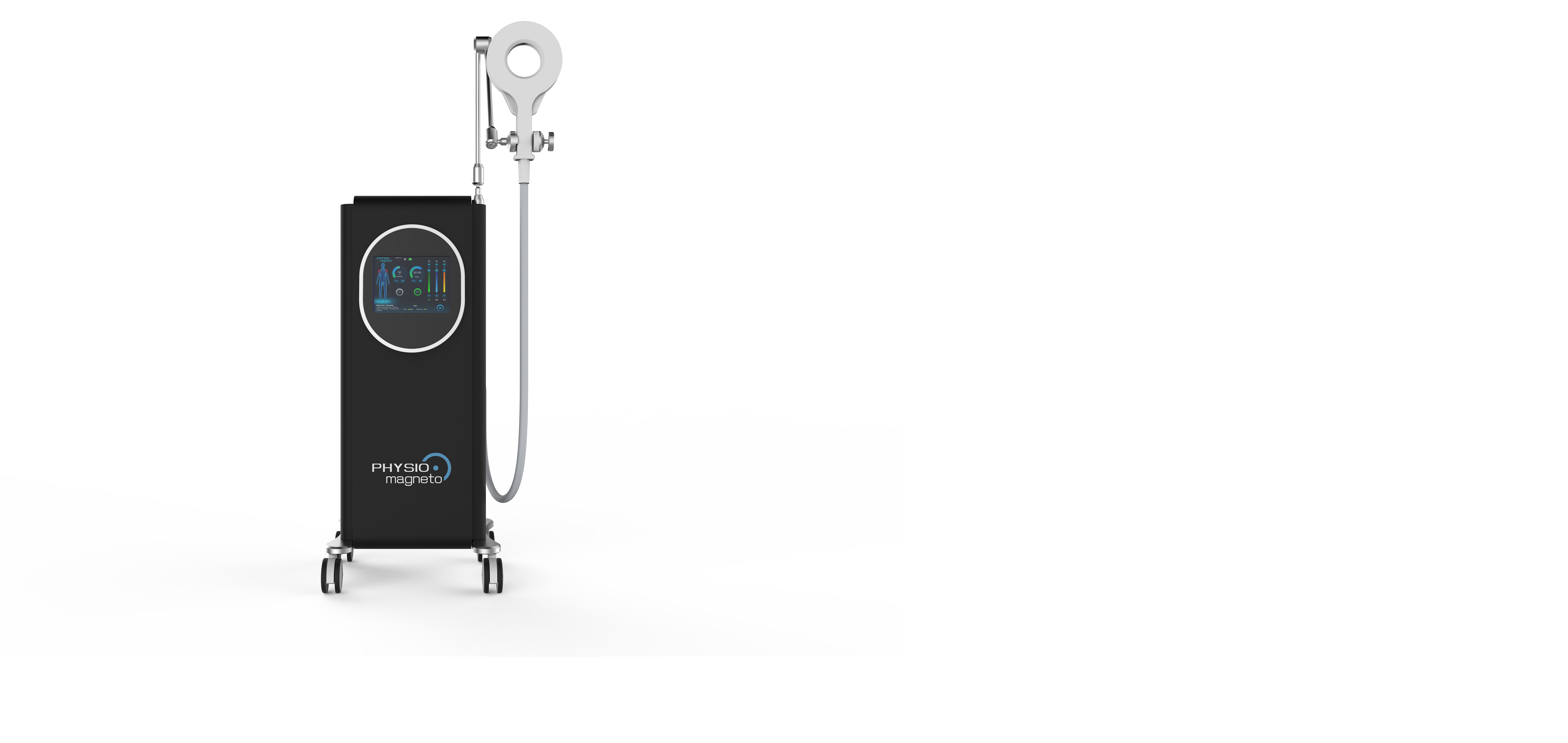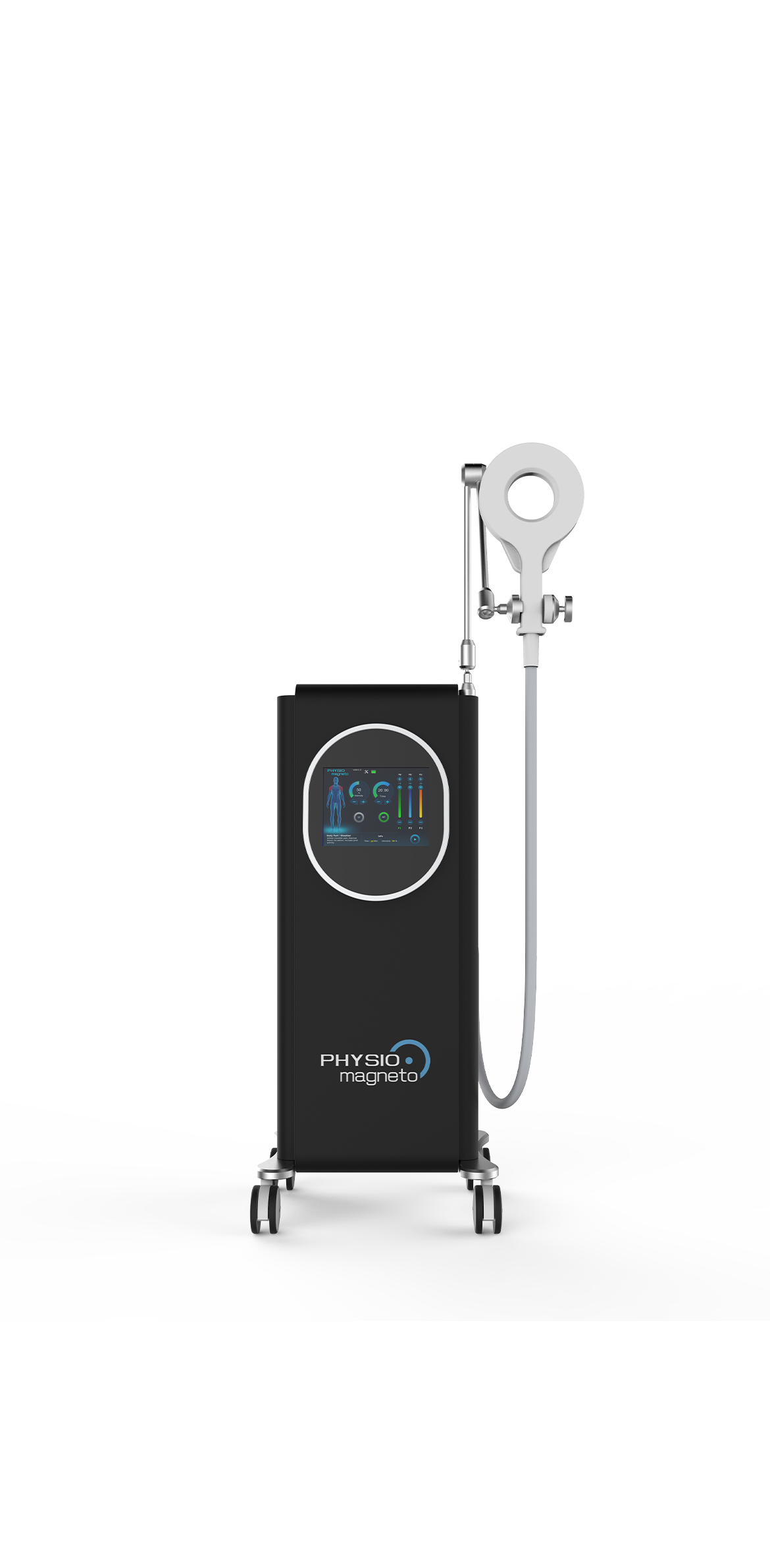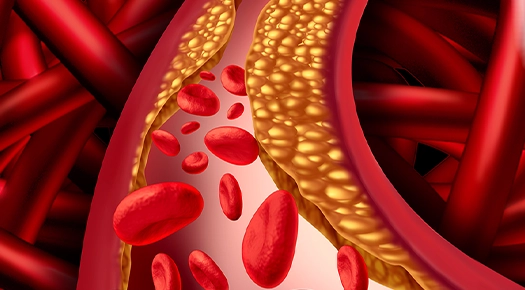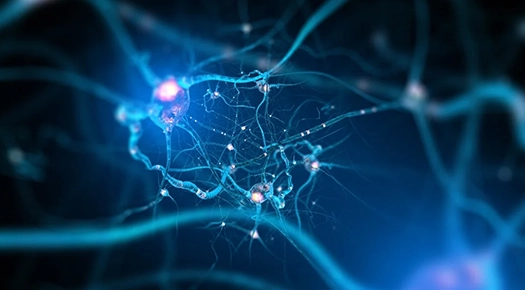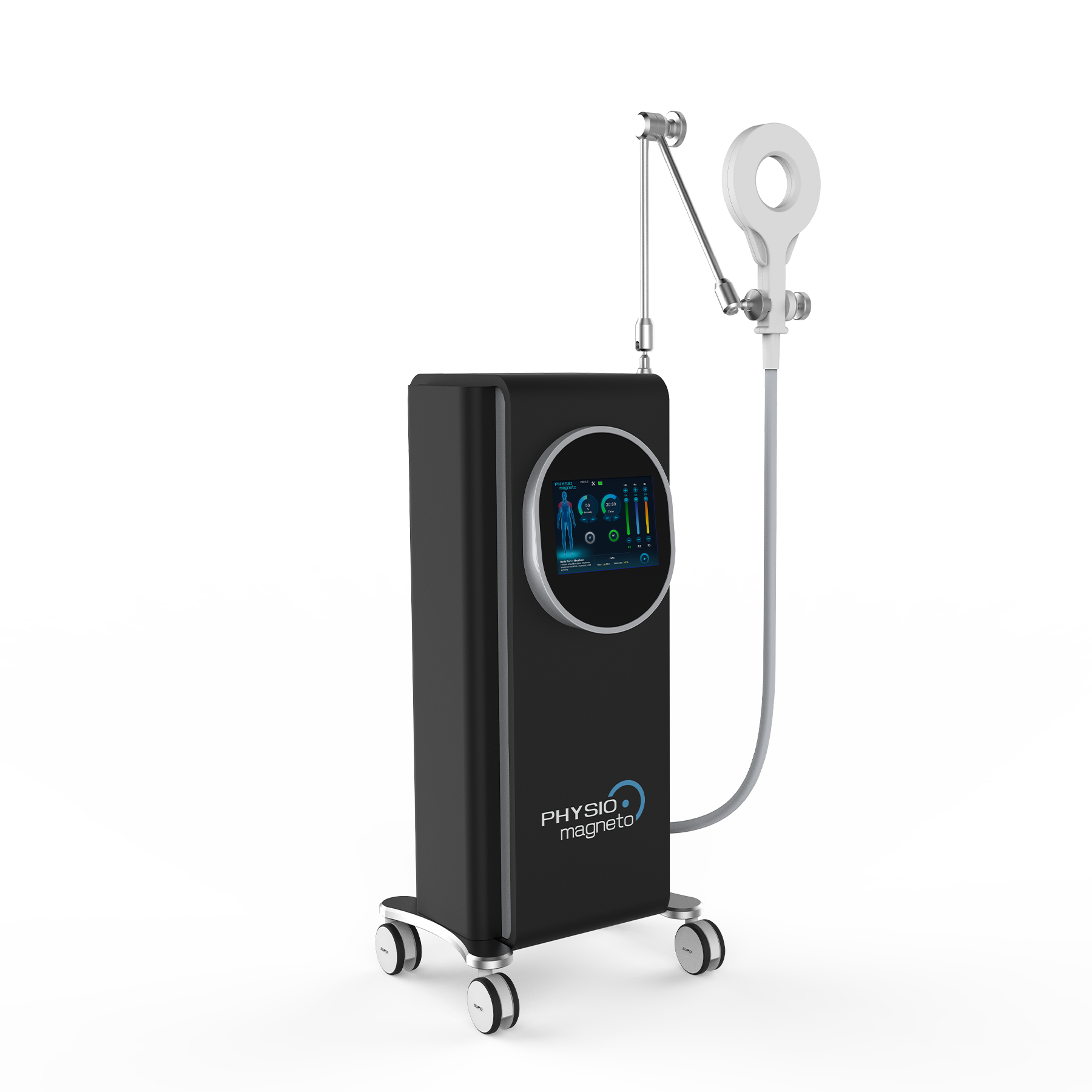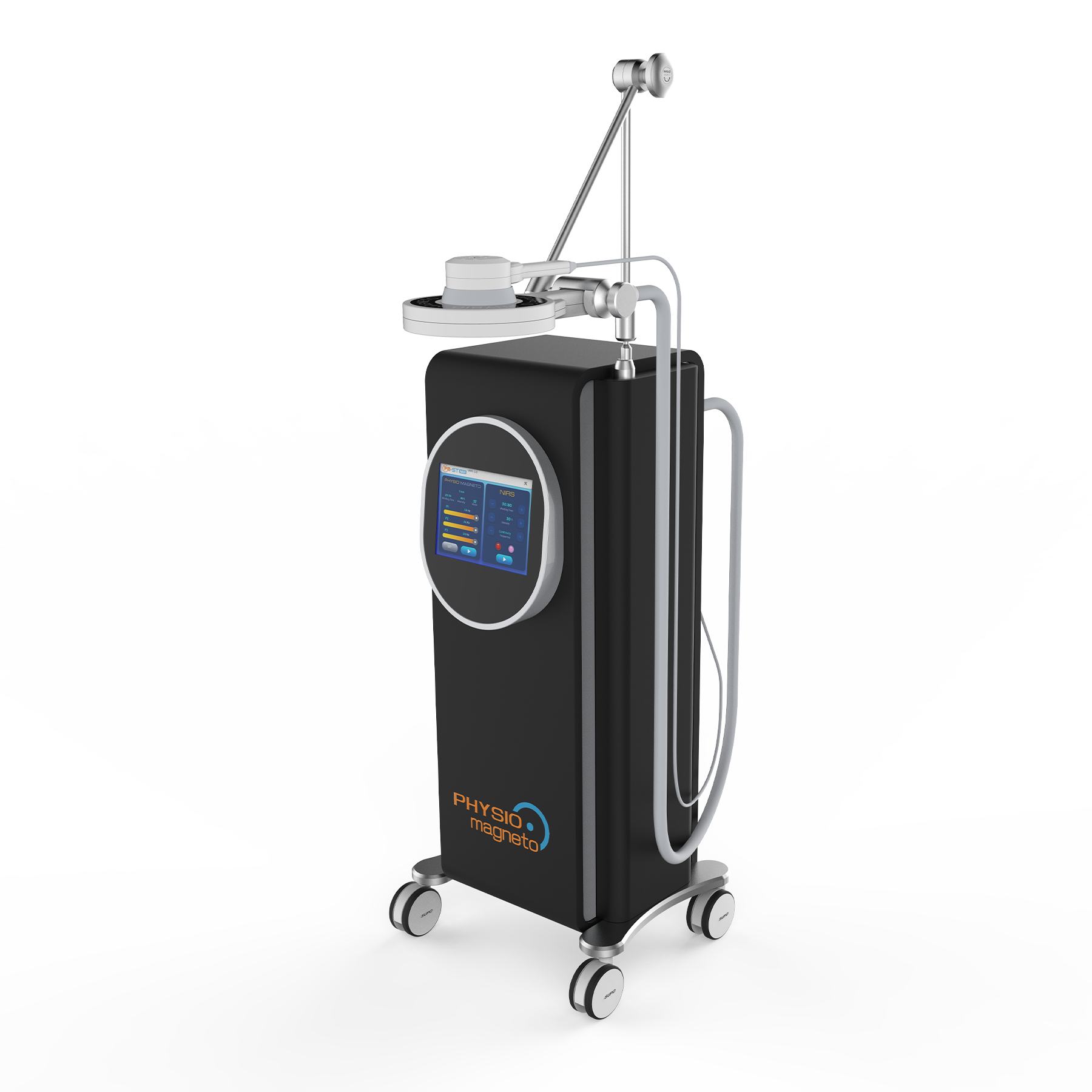How does magneto therapy work?
PMST means physio magneto super transduction therapy. It delivers high-intensity electromagnetic pulses to targeted areas of the body. which is an innovative technology pulsing a magnetic field into the body, creating an extraordinary healing effect.
Damaged cells are re-energized by boosting electrical charges within the cell, cellular metabolism increases, and blood circulation is improved.
What can magneto therapy do?
These pulses, occurring in short bursts, influence cellular behavior, metabolism, and neuromuscular function. With potential benefits in bone healing, pain management, and inflammation reduction, Phydio Magnetic Super Transdunction is used in various clinical settings by healthcare professionals. While promising, consulting with a healthcare professional before undergoing Phydio Magnetic Super Transdunction therapy is essential, especially for those with underlying health issues or during pregnancy.



